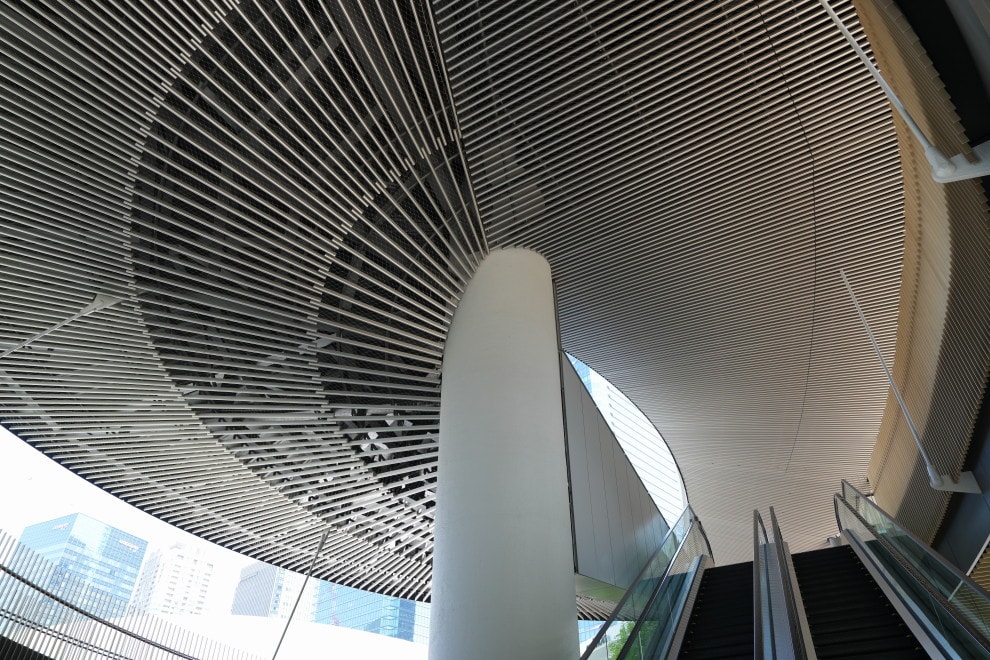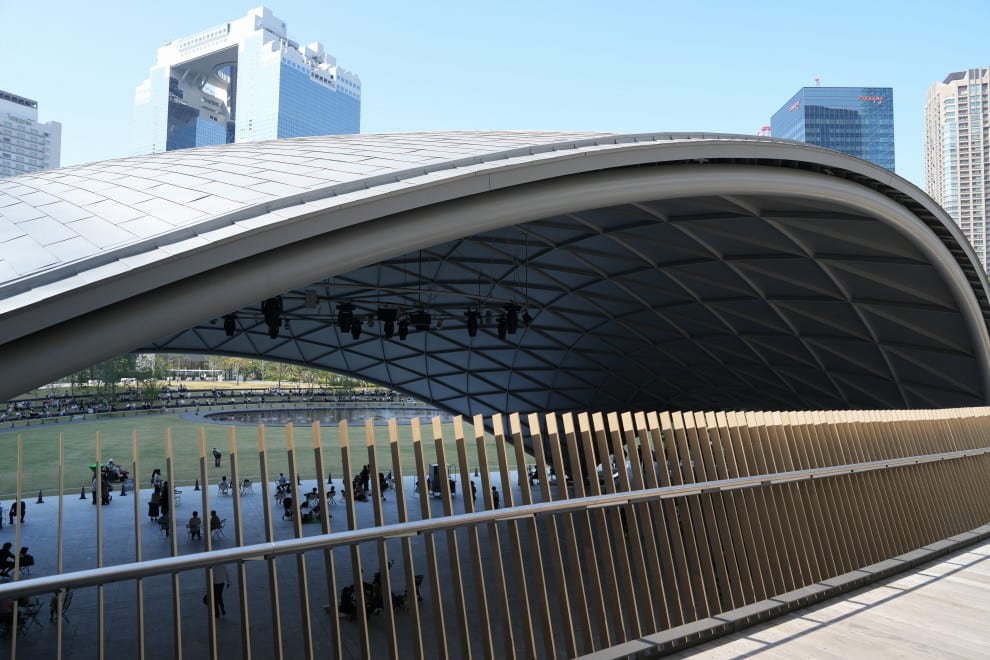The Deep Darkness of the New Coronavirus Why did it spread from China?
2020/9/15
My Enemy, 'Xi Jinping,' a book by Yang Yi, the first Chinese to win the Akutagawa Prize and become a naturalized citizen of Japan, which I will introduce in this chapter, proves my editorial correct.
Her concise and lucid writings will eventually earn her a historical classic's reputation.
Prologue: The Deep Darkness of the New Coronavirus
Why did it spread from China?
My name is Yang Yi.
I studied in Japan from Harbin, China, and became a naturalized citizen of Japan.
I was fascinated by the Japanese language and started writing. In 2008, my novel The Morning When Time Slips Away (Bungei Shunju) won the Akutagawa Prize.
The novel is about two young men growing up in a poor Chinese village and their ambitions to attend university. During their time there, they encounter the "Tiananmen Square Incident" and experience anguish and frustration.
What can we do for the nation and society? It is the message I intend to convey.
A new type of coronavirus infection is now sweeping the world.
A new type of coronavirus, COVID-19, which broke out in Wuhan, China, has spread rapidly to the rest of the world.
Initially, the situation was viewed as a 'fire on the other side of the river.' Still, in the blink of an eye, the disease spread to the United States and Europe as well, and the number of people infected and killed quickly overtook the source of infection, China.
It is where I feel a great sense of fear.
How did this plague spread from China to the rest of the world?
I couldn't help but think about it seriously.
So, how did I come to this conclusion…
In this book, I will tell you how it happened and my thoughts on the matter.
The Tragedy of the Young Doctor
I believe that the global pandemic's most significant cause was undoubtedly the inadequate response of the Chinese Communist Party (CCP) government and its penchant for hiding information.
In other words, it would not be an exaggeration to say that the current pandemic is a human-made disaster caused by the mismanagement of the Chinese Communist Party.
Rather than "misrule," I feel it may have been intentional.
Counting backward from the patient (Patient O) with symptoms of what appears to be a new type of pneumonia, the first case occurred around November 2019.
It was first reported to the World Health Organization (WHO) on December 31.
Since then, the number of people infected has continued to rise rapidly.
Despite this, it was not until January 20, six weeks after the outbreak, that the Chinese authorities recognized "human-to-human" infection and began to respond fully.
Furthermore, Dr. Li Wenliang, a 33-year-old ophthalmologist at the Central Clinic in Wuhan, who had warned the authorities about the danger of new pneumonia, was forced to write a letter of criticism "spreading false rumors" and was reprimanded for "disrupting the social order."
On December 30, the day before Wuhan City first announced the infection, Dr. Li saw the patient's tests and reported on WeChat, the Chinese version of the line, that seven SARS-like symptoms had been confirmed in the seafood market.
SARS is a "severe acute respiratory syndrome" that raged in China in 2003.
The purpose was to alert fellow workers in the medical field to the disease.
Patients were being treated in Dr. Li's hospital's emergency department, and Dr. Li continued to treat them, but they contracted a nosocomial infection and lost their lives.
Even as his coughing began and his debilitation became more pronounced, Dr. Li appealed to the truth in media interviews.
He said, "We must not succumb to interference by public authorities. A healthy society should not be made up of 'a single voice.'
If the Wuhan authorities had listened to Dr. Li's words and taken action as soon as possible, the disease's spread could have been prevented.
And Dr. Li might not have lost his life.
But Dr. Li's words were blocked.
On the contrary, one suspects that the authorities did not allow him to receive proper medical treatment to illustrate the accusations.
As a result, Wuhan citizens were not informed of the facts and continued to live their lives as usual, which led to the explosion of the infection.
In the first place, the authorities were reluctant to inform them of the danger, so they may have felt that Dr. Li's accusations were just "somebody else's problem."
The spread of the new coronavirus was a "man-made disaster" caused by the Chinese government.
An interesting point needs to be made about the new coronavirus.
Since it was detected and confirmed intensively in the Wuhan South Seafood Wholesale Market, the Chinese government has previously explained that the outbreak's source was "wild animals bought and sold in the Wuhan market."
By "wild animals," we mean bats, to be specific.
It alone gives the impression that the bats were distributed as a foodstuff and were the virus's source.
However, this is different.
The new coronavirus indeed originated from bats.
However, Hubei province, where Wuhan is located, is not a bat habitat.
It means that someone has artificially transported it from its habitat.
An article was published in the UK's Daily Mail on January 23. According to the article, "The real source of the new coronavirus is likely to be the Biosafety Laboratory of the Wuhan Institute of Virology (commonly known as the P4 laboratory), located about 21 kilometers from the seafood market. "
There are two bioscience laboratories near this seafood market.
The "Wuhan Disease Prevention and Control Center" is about 300 meters from the market, and the "Wuhan Virus Research Institute" is about 12 km away.
The latter laboratory is a "P4 laboratory," where the highest level of experiments is conducted.
The P4 laboratory at the Wuhan Institute of Virology is said to have the highest level of equipment.
P stands for "Protect," and level 4 is the highest.
The Wuhan Institute of Virology is the only lab in China with P4 equipment, which means that this is the best institute for virus research in China.
According to Hong Kong media, the paper published by Professor Xiao Bo Tao of South China Polytechnic University, Guangdong Province, China, was, 'It is more likely that the new coronavirus was spread by a spill from one or both of the two biotechnology research facilities in Wuhan than the possibility that the new coronavirus was transmitted to humans via intermediate hosts such as bats.'
According to this article, it is well known that virus modification experiments are being conducted at this institute.
In 2017, scientists in Western countries questioned the institute's flawed management system. It warned of the danger of virus leakage from this laboratory.
The material has been sent to the National Institutes of Health (NIH) "GenBank" in the United States.
After examining the samples, the new coronavirus that has emerged in Wuhan this time is very similar to the new coronavirus found and isolated by the People's Liberation Army in 2018 from the body of the Zhoushan bat, which lives in Zhoushan, Zhejiang province.
More precisely, the Zhoushan bat virus has been artificially modified.
The evidence for this is that the new coronavirus's E protein's compositional structure is almost 100% similar to the Zhoushan bat virus.
In the evolutionary process of the natural world, "100%" is not possible.
Incidentally, in establishing this P4 laboratory, China once requested the cooperation of French medical experts.
However, it is said that the French side warned the French government that the Chinese might eventually divert the results of their research into biological weapons.
This article continues.















